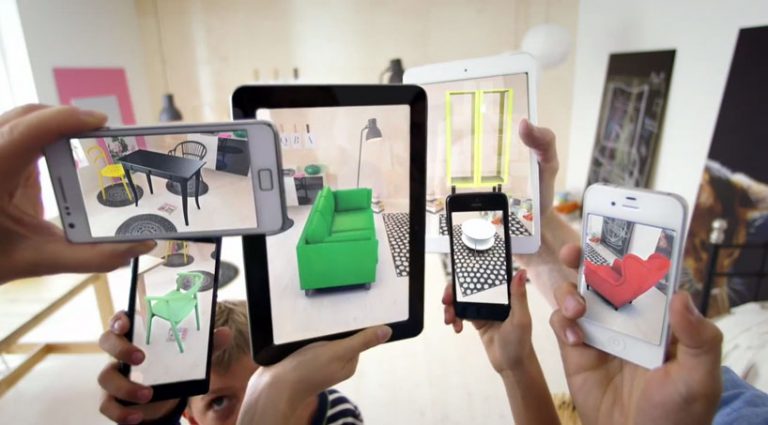As an offshoot of virtual reality technology, Augmented Reality (AR) has been making the world even more fun and exciting. At first glance, it is easy to assume that the technology is exclusively popular in the video gaming or recreation industry. Far from this, AR has had a marked impact on both the industrial and commercial sectors.
In fact, AR is the next big thing in the manufacturing industry. Companies that have adopted the technology already have a distinct advantage over those that are playing catch up. Below are a few ways in which mixed and augmented reality is transforming the manufacturing industry.
Contents
Management of Data
For company owners and managers with analytical minds and those that prefer working with numbers, AR can be a critical data management tool. Due to the huge data generated in the manufacturing industry in the modern world, AR is the next logical solution.
In a typical manufacturing warehouse, you can implement AR along with artificial intelligence and machine learning to find products. The system works by scanning materials and products into a system, which also helps ensure that you have the right item. Implementing AR in your warehouse in such a scenario allows faster and more efficient processing compared to traditional methods.
Also, Read: Difference between Augmented Reality, Virtual reality, and Mixed Reality
Equipment Maintenance
Not only does AR help in locating items in the warehouse, but it is also the next-generation technology that’s going to influence your entire production floor. In addition, many new jobs in this industry require some advanced knowledge of AR technologies, making it harder to ignore its presence.
As an alternative to estimates from your maintenance personnel, a smart factory can use AR with facilities like a robotic integrator program for facilitating preventive and predictive machine maintenance. This will help cut down misuse of necessary funds on unnecessary maintenance. It will also make it possible to predict or detect bottlenecks and machine failures in your production line with even better accuracy.
Improve Local Deliveries
It is possible for AR to affect international and domestic shipments, but local deliveries are likely to be the biggest winners once you implement AR in your plant. In terms of logistics, the last mile (from the post office to customer location) is often the most expensive shipping process phase. Fortunately, AR can come in and reduce these delivery costs tremendously.
Through AR, you can identify, tag, and sequence each package in the delivery vehicle. With AR glasses or any other hardware, the vehicle driver can get turn-by-turn navigational instruction to the customer’s location.
For Training and Instructing Staff
One of the most popular uses of AR currently is training staff. Instead of having your new employees read numerous pages or sit through long lectures, you give those headsets and goggles that broadcast critical info directly before their eyes.
Such a system also helps free trainee hands for completion of tasks and taking notes. This is an effective way of combining next-generation technology with traditional hands-on instruction and learning.
Improve Quality Assurance
Some car manufacturing plants, like Porsche, are using AR for quality assurance purposes. In the plant, lasers scan complete products, even vehicles, and compare their stats against specifications in the cloud.
Porsche QA technicians utilize tablets for capturing images of defects and possible faulty parts. Through AR, the tablets generate AR overlays that verify technician work, helping in the determination of parts that pass inspection.
Conclusion
As shown above, AR is not just for kids or a source of entertainment, but it’s also an important tool in the business world with the potential of bringing in great results. While the road is long ahead before AR is commonplace, its use in factories is not that far ahead.

